harvest of hydro tomatoes
tampahydro
15 years ago
Related Stories

EDIBLE GARDENSSummer Crops: How to Grow Tomatoes
Plant tomato seedlings in spring for one of the best tastes of summer, fresh from your backyard
Full Story
GARDENING AND LANDSCAPINGWorld of Design: 10 Home Gardeners Show Us Their Sweet Summer Harvests
From New York to Tokyo, these gardeners have turned their yards, terraces and rooftops into places of bounty
Full Story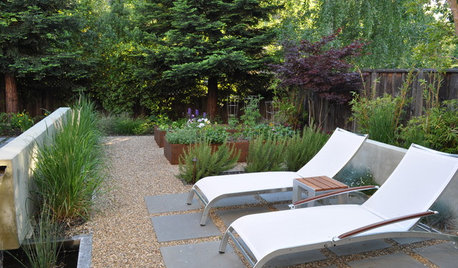
URBAN GARDENSHarvest the Bounty of a Patio Garden
Make the most of small spaces on decks and balconies to enjoy your pick of vegetables, fruits and herbs
Full Story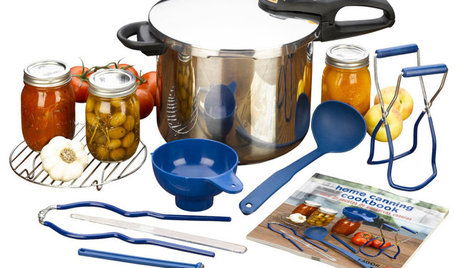
SHOP HOUZZShop Houzz: Harvesting Summer’s Bounty
It's last call for saving this season’s best fruit and vegetables. Are you ready?
Full Story0

GREEN BUILDINGHow to Harvest Rainwater for Your Garden
Conserve a vital resource and save money by collecting stormwater for irrigation in a barrel or tank
Full Story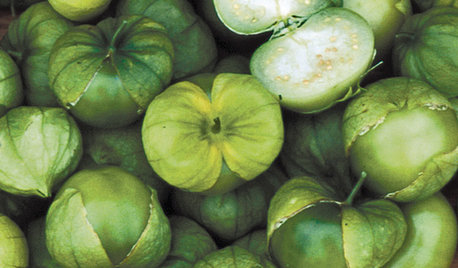
SUMMER FRUITS AND VEGETABLESSummer Crops: How to Grow Tomatillos
Grow this Mexican native for the freshest salsa verde — and for fewer problems than its tomato cousins
Full Story0
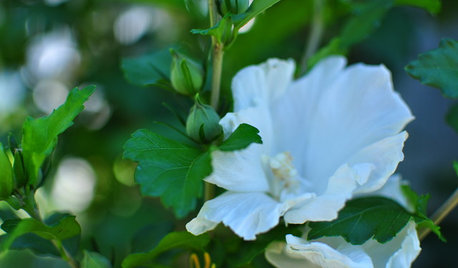
GARDENING GUIDESMid-Atlantic Gardener's August Checklist
Bring in the bounty of tomatoes, savor the show of grasses and start seeding some cool-season plants
Full Story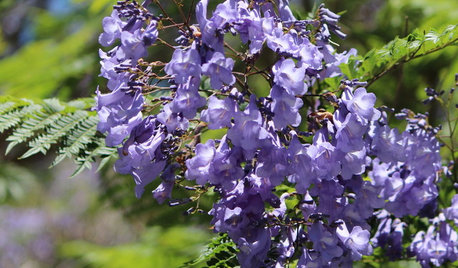
CALIFORNIA GARDENINGCalifornia Gardener's July Checklist
Bite into tree-fresh apricots, inhale delightful garden perfumes and continue planting vegetables for a late-summer harvest
Full Story
FARM YOUR YARDHouzz Call: Home Farmers, Show Us Your Edible Gardens
We want to see where your tomatoes, summer squashes and beautiful berries are growing this summer
Full Story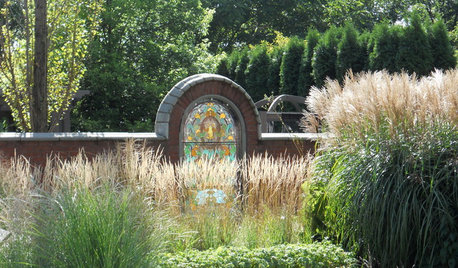
GARDENING GUIDESNortheast Gardener's September Checklist
Pluck those tomatoes, enjoy ever-changing grasses and get an eyeful of exuberant zinnias
Full Story






freemangreens
stanhill2000
Related Professionals
Hershey Landscape Architects & Landscape Designers · Winder Landscape Architects & Landscape Designers · Roxbury Crossing Landscape Architects & Landscape Designers · Maple Valley Landscape Contractors · Aloha Landscape Contractors · Damascus Landscape Contractors · Hannibal Landscape Contractors · Holland Landscape Contractors · Melrose Landscape Contractors · Placerville Landscape Contractors · Pleasanton Landscape Contractors · Markham Landscape Contractors · Tyngsboro Landscape Contractors · Raytown Landscape Contractors · Cheshire Gardeners & Lawn Carehooked_on_ponics
freemangreens
joe.jr317
hooked_on_ponics
wordwiz
freemangreens
hooked_on_ponics
wordwiz
hooked_on_ponics
Karen Pease
freemangreens
Karen Pease